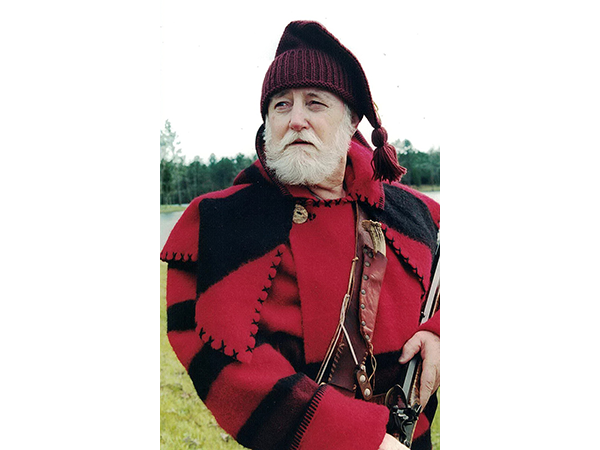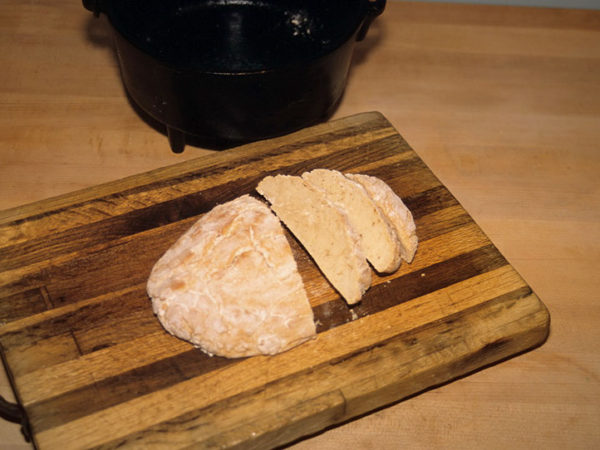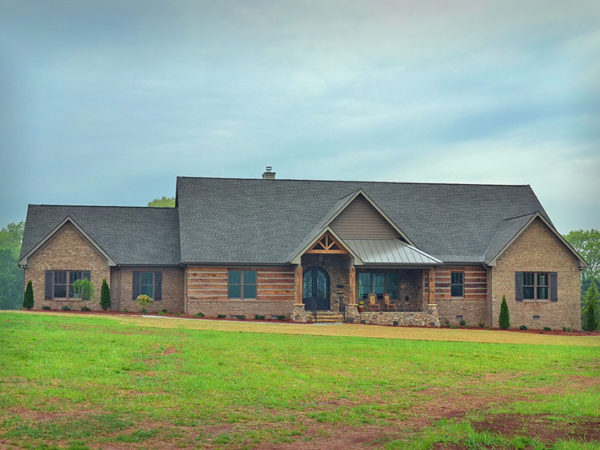There are people we meet on our journey through this life that we never forget. For me Jacob Nowland is one of those people. He is a mountain man, buck skinner, horseman, singer and poet. Jacob, like me, is getting along in years and he sent me this poem he wrote that puts meaningful words to his autumn of life. – J. Wayne Fears
MY Autumn Ride
by Jacob M. Nowland
The night makes way for mornin’ light
The day has just begun
At the pasture’s gate I anticipate
Some warmth from the rising sun
The breeze is cool, there ain’t no dew
There’s autumn in the air
My favorite time of year is here
As I whistle for the mare.
She comes to me as if she knows
And she knows a thing or two




